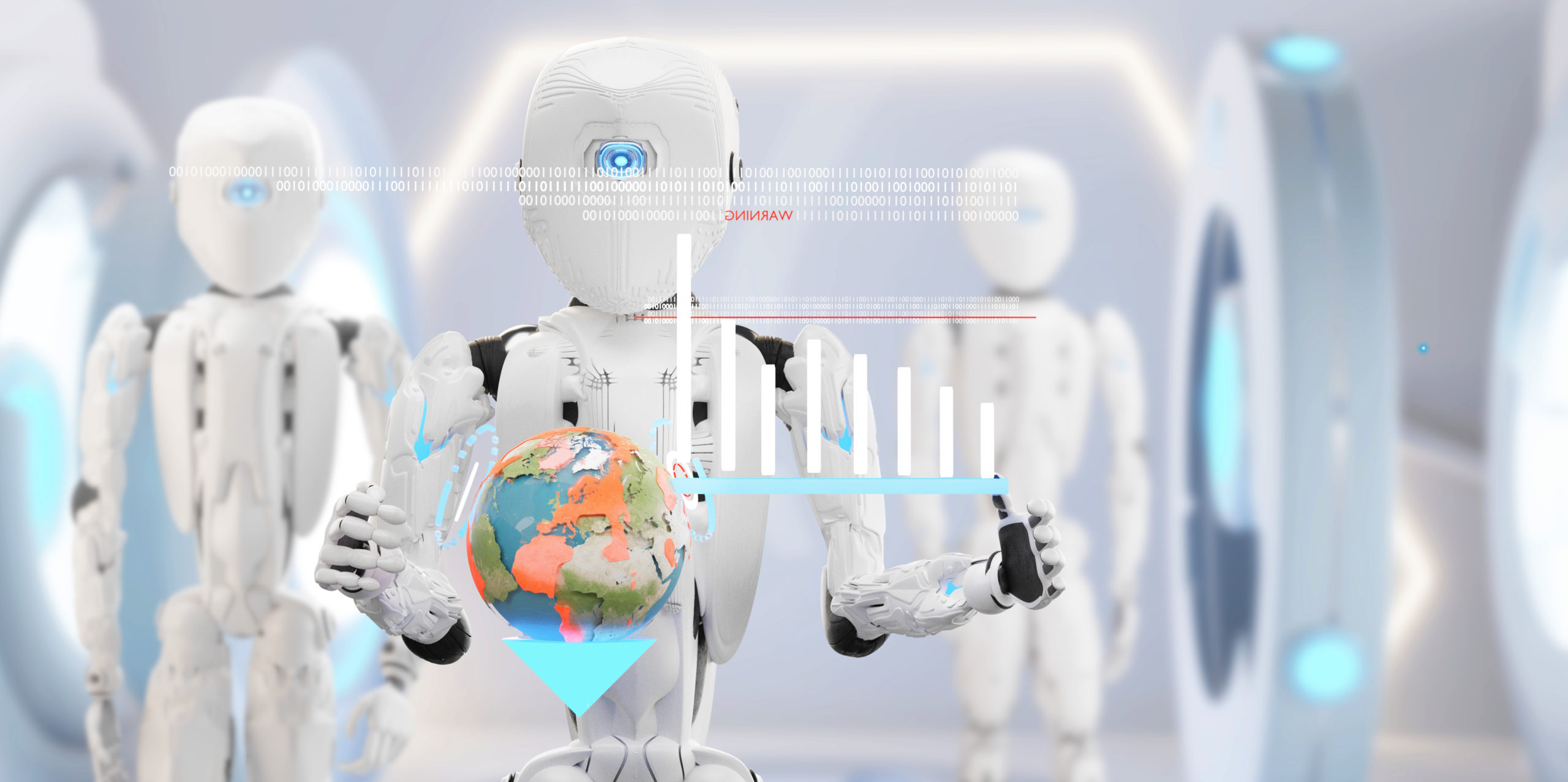Agility and the ability to respond to events fast have always delivered strategic advantage for firms. The COVID19 crisis drives home the point, with only agile and fast-moving firms able to stay afloat during the pandemic.
Enterprises become agile by focusing on the customer and adopting the best technology has to offer. Here are the emerging technologies that help a business become agile and respond to any crisis in the best way.
Augmented Reality
Social distancing is the way forward for quite some time going forward. Telework or work from home is not always a panacea, even for IT and service firms. Enterprises underestimate the importance of physical presence at their peril. Businesses seeking continuity in operations would do well to embrace Augmented Reality (AR) to get the best of both worlds.
Augmented reality replicates a real-world environment. It presents physical objects in its natural form, across sensory modes. Augmented reality represents the next wave of mobility.
Augmented Reality allows:
- Technical specialists to troubleshoot and support manufacturing operations, from across the globe. They may deliver step-by-step instructions to AR goggle-wearing field workers or machine operators as if they are standing next to them.
- Remote engineers to guide site-based operations staff in a better way.
- Annotations to guide the worker. Aero Glass’ AR headsets display Visual Flight Rules, promoting safe navigation at airports.
- Providing supplementary information, or making realistic models during training.
Manor, an AR-based catalogue, allows users to extract product information and shop from the catalogue. Customers get a shop-like feel, removing a major disadvantage of e-commerce.
Augmented Reality was already a red-hot technology. COVID19 increased its stakes as an emerging technology even further.
Big Data Analytics and IoT

Enterprises investing in advanced Big Data capabilities gain from live, comprehensive, actionable information. Such insights allow the enterprise to:
- Identify changes in customer preferences, outlook, and trends in the external environment. Enterprises may scale up or scale down operations to match demand.
- Keep supply chains intact during crises, to add more suppliers or change logistics partners as the situation demands. Identify alternative pathways for people and goods.
- Gain real-time insights into production lines and operations. Data from sensors identify holds ups or other trouble spots in operations flow and the supply chain. Merged data highlights trouble spots. These insights allow managers to make proactive interventions and nip issues in the mud.
- Track vital signs of machinery and other equipment, to make preventive or scheduled maintenance and preempt disruptions.
- Generate forecasts and simulations for business and recovery scenarios, the impact of the crisis on operations, supply and demand.
Comprehensive data is critical during crises such as the one brought about by COVID19. Many enterprises correlate COVID19 and other health data to predict the demand for masks, PPEs, medicines, and other essential goods. Many others relied on data to alter their production strategies, scale up or scale down operations, and change the supply chain. Intuitive apps trace a company’s contact position across areas with reported cases of COVID19 and make explicit the supply chain risks.
About 43% of enterprises have used analytics extensively to make major decisions during the COVID-19 crisis.
Artificial Intelligence (AI)
Artificial intelligence (AI) allows businesses to make the right decisions faster. AI-powered algorithms with self-learning capabilities reduce complexity and make business transactions seamless.
Powerful algorithms crunch multi-vector data at a pace not matched by human brains. It helps businesses make decisions after considering all factors and variables.
AI-powered bots automate complex and time-consuming tasks. It takes the load off human customer support agents, assembly line workers, office clerks and other employees. Automated bots work round the clock, without fatigue. Assisted bots take over tedious and time-consuming tasks. It allows human employees to focus on tasks requiring higher cognitive ability, or engage with customers better.
AI-based propensity models identify customers likely to buy a product or service. It saves marketers time and effort. It minimises the need for fieldwork, improving employee safety.
AI has almost infinite uses in the enterprise.
- Automated bots provide answers to anxious customers, taking a load off the already stretched customer support agents.
- AI models correlate demand and supply to develop cash flow and profitability models, enabling businesses to make better decisions.
- AI promotes automation, which means less on-site intervention, furthering the cause of staying at home and social distancing.
- AI finds use in drug discovery and has the potential to reduce the time it will take to find a COVID-19 vaccine. In the meantime, Alibaba, the Chinese technology giant has developed an AI algorithm to diagnose suspected COVID-19 cases in just 20 seconds. The tool has 96% accuracy.
Flexible Production Lines
Successful companies cater to what the market wants. The market wants and needs changes with time.
Flexible manufacturing lines allow enterprises to change their product configurations easily. The enterprise can churn out in-vogue products and cater to the fluid market conditions well. These lines deliver increased throughput at double-quick time.
During the COVID-19 emergency:
- Many automobile manufacturers with flexible product lines could switch over to produce ventilators.
- Many breweries switched over to rolling out alcohol-based hand sanitizers.
- Agile pharma units scaled-up operations and catered to the increased demand.
The Cloud
The cloud infuses resiliency and geographical-neutrality to the enterprise, making it a vital cog driving agility.
A good crisis such as COVID-19 speeds up cloud adoption and demolishes the last vestiges of on-premises resistance. As enterprises found themselves locked out of their offices owing to shutdowns, the cloud saved the day. Enterprises with key software and data stored in cloud-based servers could access it from remote locations, to implement work from home, or transfer work to countries without lockdowns.
Tech innovations cause great disruptions and change work. Enterprises who discover value in emerging technology and apply it to further agility gain valuable first movers advantage.











